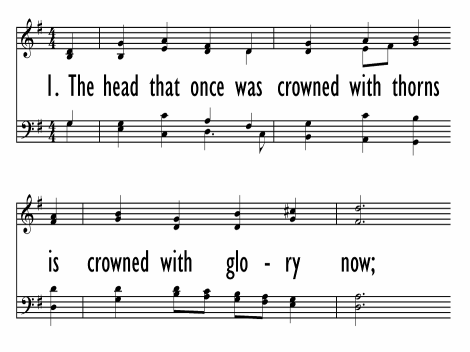ST. MAGNUS consists of two long lines, each of which has its own sense of climax. The octave leap in the final phrase has a stunning effect, like a vault in a Gothic cathedral. Assign stanzas for antiphonal singing in unison and/ or in harmony. Organ accompaniment should be lively, with full, bright registration.
ST. MAGNUS first appeared in Henry Playford's Divine Companion (1707 ed.) as an anonymous tune with soprano and bass parts. The tune was later credited to Jeremiah Clark (b. London, England, c. 1670; d. London, 1707), who was a chorister in the Chapel Royal and sang at the coronation of James II in 1685. Later he served as organist in Winchester College, St. Paul's Cathedral, and the Chapel Royal. He shot himself to death in a fit of depression, apparently because of an unhappy romance. Supported by Queen Anne, Clark was a prominent composer in his day, writing songs for the stage as well as anthems, psalm tunes, and harpsichord works. One well-known piece, the Trumpet Voluntary, was long attributed to his contemporary Henry Purcell (PHH 612) but is now recognized as Clark's composition. Robert Bridges (PHH 386) and Ralph Vaughan Williams (PHH 316) reintroduced Clark's hymn tunes for congregational use in the twentieth century in the Yattendon Hymnal (1899) and The English Hymnal (1906).
Although ST. MAGNUS was originally used as a setting for Psalm 117, it has been associated with this text since they were combined in the 1868 Appendix to Hymns Ancient and Modern. The tune is named for the Church of St. Magnus the Martyr, built by Christopher Wren in 1676 on Lower Thames Street near the old London Bridge, England.
ST. MAGNUS consists of two long lines, each of which has its own sense of climax. The octave leap in the final phrase has a stunning effect, like a vault in a Gothic cathedral. Assign stanzas for antiphonal singing in unison and/ or in harmony. Organ accompaniment should be lively, with full, bright registration.
--Psalter Hymnal Handbook, 1988


 My Starred Hymns
My Starred Hymns





